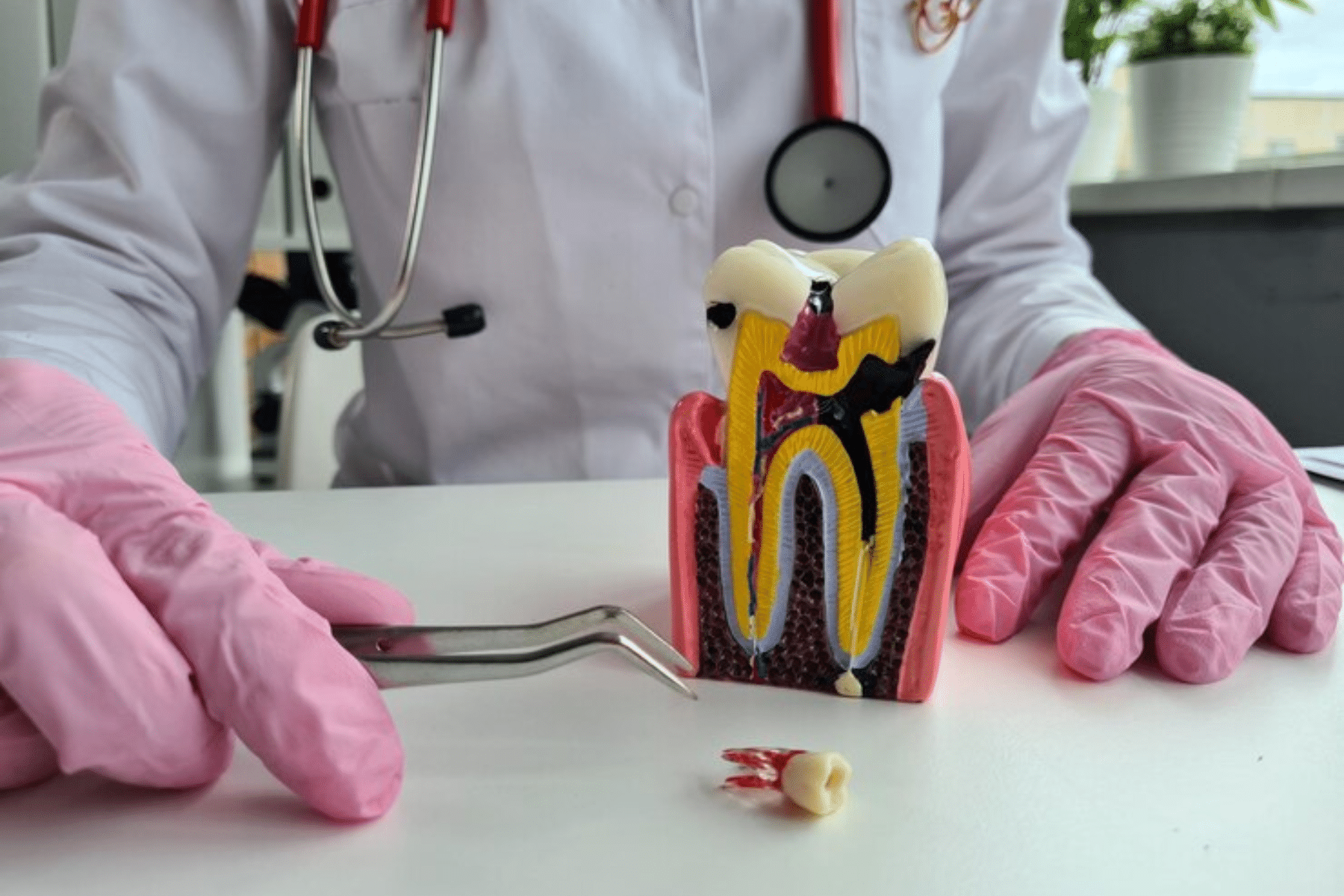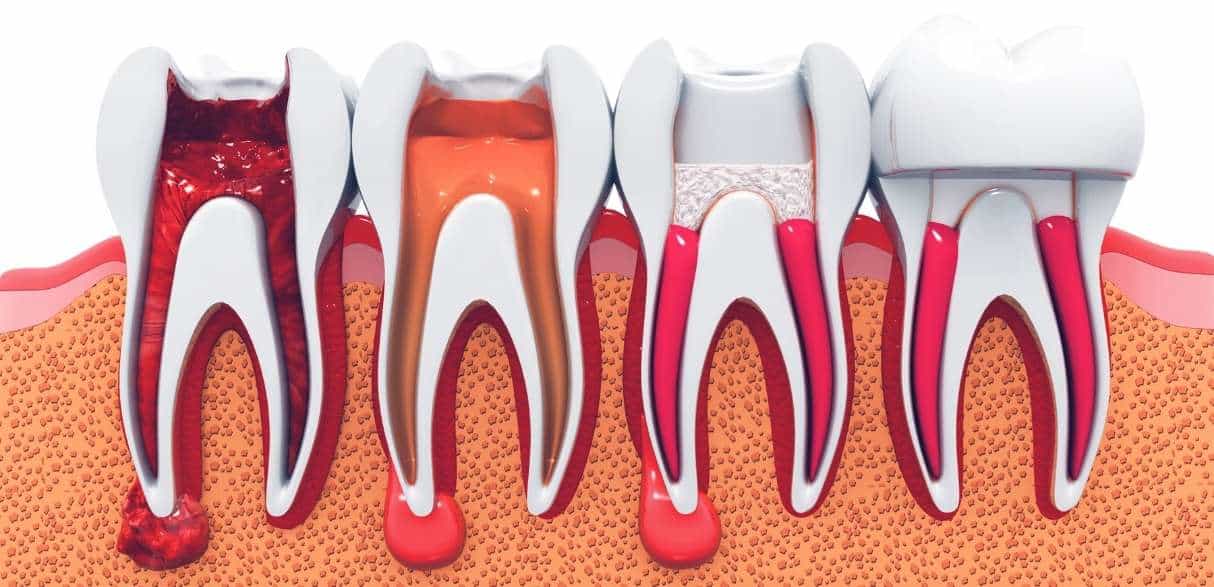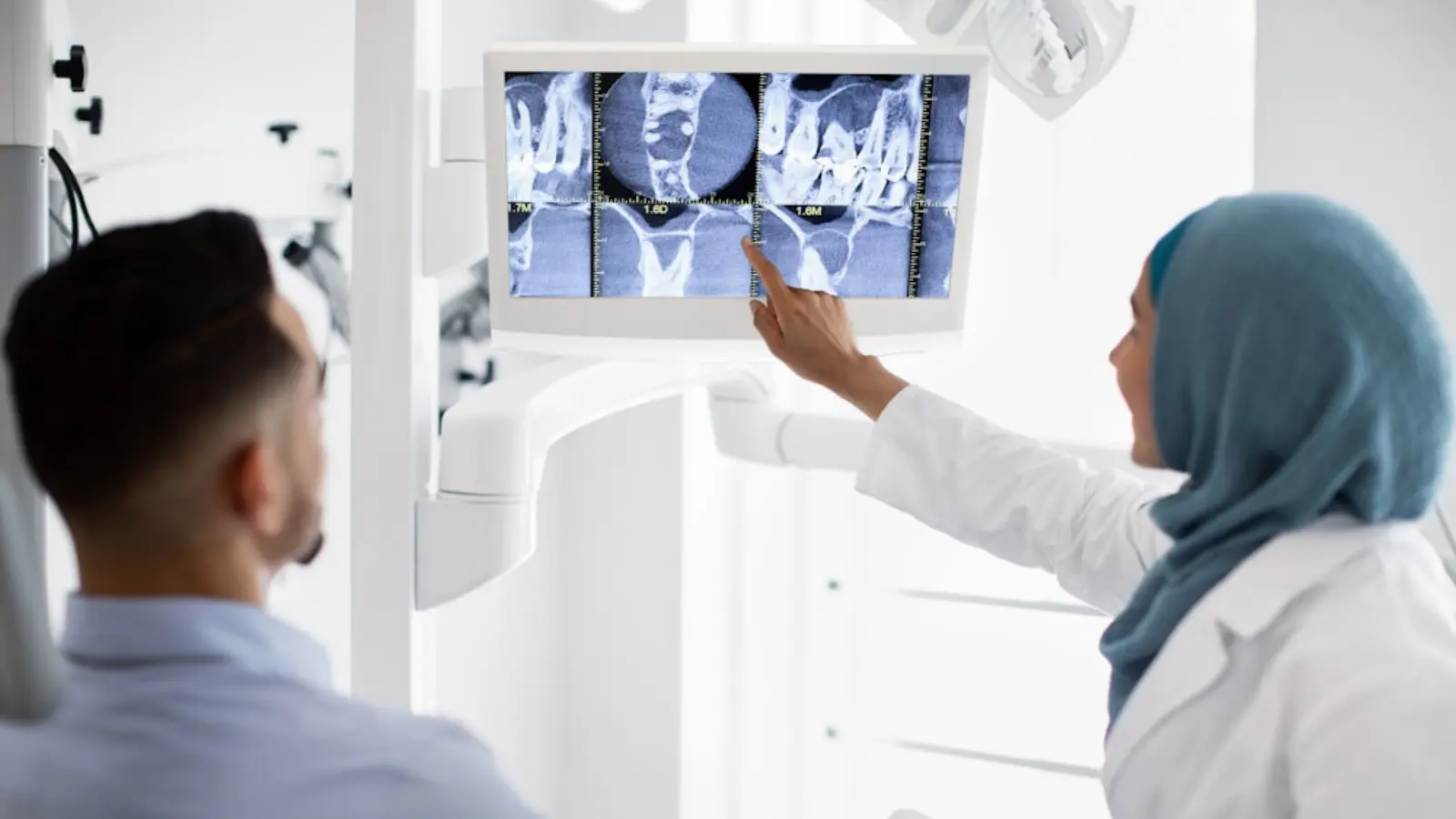245 11th Ave NE Hickory, NC 28601
Does The Tooth Pain Increase Days After Root Canal Treatment?

Are you experiencing increased tooth pain following a recent root canal treatment? This phenomenon can be concerning, but it’s essential to understand the reasons behind it. Root canal treatment is a common dental procedure aimed at saving a severely infected or damaged tooth by removing infected pulp and sealing the root canal. However, some patients may notice heightened discomfort in the days following the procedure, leading to questions about its normalcy.
Root canal treatment is often accompanied by various sensations, including mild discomfort or sensitivity. Yet, some individuals may find that their pain intensifies several days after the procedure. Understanding the potential causes of post-treatment pain and knowing how to distinguish between normal and abnormal pain levels is crucial for managing your dental health effectively.
In this blog, we’ll delve into the factors contributing to increased tooth pain after root canal treatment and provide practical tips for alleviating discomfort and ensuring a smooth recovery process. Let’s explore why tooth pain may escalate days after undergoing a root canal procedure.
Understanding Root Canal Treatment
Root canal treatment, also known as endodontic therapy, is a dental procedure aimed at treating infections or injuries within the pulp of a tooth. This process involves the removal of infected or damaged pulp tissue, disinfection of the root canal space, and sealing it to prevent further infection. Here’s a breakdown of the key components of root canal treatment:
Diagnosis and Assessment: Before proceeding with root canal treatment, your dentist will conduct a thorough examination and may use X-rays to assess the extent of damage or infection within the tooth’s pulp.
Anesthesia: To ensure patient comfort during the procedure, local anesthesia is administered to numb the affected tooth and surrounding tissues.
Pulp Removal: Using specialized instruments, the dentist accesses the pulp chamber and removes the infected or damaged pulp tissue. This step aims to eliminate bacteria and prevent the spread of infection.
Cleaning and Shaping: The root canal space is meticulously cleaned and shaped to remove any remaining debris and create an optimal environment for filling material placement.
Filling and Sealing: Once the root canal space is cleaned and shaped, it is filled with a biocompatible material, typically gutta-percha, and sealed to prevent bacterial recontamination.
Restoration: After completing the root canal procedure, the tooth may require restoration with a dental crown or filling to reinforce its structure and restore functionality.

Possible Causes of Post-Treatment Pain
Experiencing discomfort or pain after root canal treatment is not uncommon, and several factors may contribute to this sensation. Understanding the potential causes can help patients manage their symptoms effectively. Here are some common reasons for post-treatment pain:
Inflammation
Inflammation of the surrounding tissues, such as the gums or periodontal ligament, may occur in response to the dental procedure. This inflammation can cause localized pain and discomfort.
Persistent Infection
In some cases, the root canal treatment may not completely eliminate the infection within the tooth. Residual bacteria can lead to persistent infection and associated pain symptoms.
Tissue Irritation
Irritation of the surrounding tissues during the root canal procedure or placement of dental materials can contribute to post-treatment pain. This irritation typically resolves on its own but may cause temporary discomfort.
High Occlusion
If the treated tooth’s bite is too high compared to the adjacent teeth, it can result in excessive pressure on the tooth during chewing. This condition, known as high occlusion, can cause pain and sensitivity.
Cracked Tooth
In rare cases, a tooth may develop cracks or fractures following root canal treatment, leading to pain upon biting or chewing. These cracks can sometimes be challenging to detect but may require further treatment to resolve the discomfort.
Delayed Healing
Individual healing responses vary, and some patients may experience delayed healing following root canal treatment. This delayed healing process can result in prolonged discomfort or sensitivity in the treated tooth.
Adjacent Tissue Trauma
During the procedure, adjacent soft tissues, such as the gums or cheeks, may sustain minor trauma, leading to temporary discomfort or soreness post-treatment.
Normal vs. Abnormal Pain Levels After Root Canal
Understanding the difference between normal and abnormal pain levels after a root canal procedure is essential for patients to monitor their post-treatment symptoms effectively. Here’s a comparison:
Normal Pain
- Mild to moderate discomfort is common immediately after the root canal procedure.
- Sensitivity to hot or cold temperatures may persist for a few days but gradually improves.
- Discomfort typically subsides within a week as the healing process progresses.
- Pain is manageable with over-the-counter pain relievers like ibuprofen or acetaminophen.
Abnormal Pain
- Intense, throbbing pain that worsens over time may indicate an underlying issue such as infection or inadequate treatment.
- Severe pain that persists beyond a week despite pain management measures warrants immediate dental attention.
- Pain accompanied by swelling, fever, or foul discharge from the treated tooth suggests complications and requires prompt evaluation by a dentist.
- Any deviation from the expected healing process should be reported to the dental provider for proper assessment and intervention.
Tips for Managing Post-Root Canal Pain
Experiencing discomfort after a root canal is common, but there are several strategies to alleviate pain and promote healing:
- Take Over-the-Counter Pain Relievers: Non-prescription medications like ibuprofen or acetaminophen can help reduce pain and inflammation.
- Apply Cold Compresses: Placing an ice pack or cold compress against the cheek can numb the area and alleviate swelling.
- Avoid Chewing on the Treated Tooth: Minimize pressure on the tooth by avoiding hard or crunchy foods.
- Maintain Good Oral Hygiene: Brush and floss gently around the treated tooth to prevent infection and promote healing.
- Stay Hydrated: Drink plenty of water to keep your mouth moist and aid in the healing process.
- Follow Your Dentist’s Instructions: Adhere to any specific post-treatment guidelines provided by your dentist for optimal recovery.
When to Seek Professional Help?
While some discomfort is normal after a root canal, certain symptoms may indicate a complication requiring immediate dental attention:
- Intense pain that persists or worsens over time may indicate an infection or other issues.
- Swelling around the treated tooth or in the surrounding gums could be a sign of infection.
- A persistent fever may indicate an infection spreading beyond the tooth.
- Excessive bleeding from the treated tooth or gums should be evaluated promptly.
- Foul-smelling discharge or a persistent bad taste in the mouth may indicate an infection.
- Any difficulty breathing or swallowing should be treated as a medical emergency, requiring immediate attention.
Experiencing increased tooth pain after a root canal is not uncommon, but understanding the potential causes and following proper care guidelines can help manage discomfort effectively. Remember, while some level of pain is normal during the healing process, persistent or severe symptoms warrant professional evaluation. By staying informed and proactive about your oral health, you can navigate post-root canal discomfort with confidence, knowing when to seek assistance and when to employ self-care strategies for a smoother recovery journey.




